Based on his time and research in places like Okinawa, Japan and Sardinia, Italy, nutrition researcher Dan Buettner suggests that the first meal of the day may be crucial to living a long and healthy life.
“We have a saying: ‘Eat breakfast like a king, lunch like a prince, and dinner like a pauper.’ In the blue zones, they eat their biggest meal of the day at breakfast and then have smaller meals, often having an early dinner and not eating until breakfast the next day,” Buettner tells CNBC Make It .
But he notes that the breakfasts of residents in blue zones are nothing like what Americans typically eat to start the day.
He says people should avoid most breakfast foods like muffins, sugary cereals, yogurt, and granola. Instead, we should follow the lead of the blue zones and eat a hearty, healthy breakfast.
Buettner suggests eating these foods in the morning to mirror the diets of the world's longest-lived people:
Breakfast is the most important meal of the day (Photo: Love&lemons).
Bean
Low in fat, high in fiber and higher in protein than meat, beans are the foundation of every blue zone diet in the world, where many of the world's longest-living, healthiest people live.
Beans are one of the most affordable sources of protein available. They are much cheaper than beef or chicken. They are the only food that can be both a vegetable and a protein.
According to the Blue Zones, people who live the longest eat a full cup of beans every day. One study found that for every 20 grams of beans eaten, the risk of death is reduced by 6%.
Like vegetables, the darker the bean, the higher its antioxidant content. One study found that black bean skins contained 40 times more antioxidants than white bean skins.
Green beans are also really good for digestion due to their high fiber content. All beans have a significant amount of fiber, but green beans are higher. In addition, our stomachs also digest the carbohydrates in green beans more easily.
Vegetable
According to WebMD , vegetables are packed with essential vitamins, minerals, and antioxidants that provide many important health benefits.
Vegetables are a great source of dietary fiber. Many leafy greens, such as kale, spinach, and Swiss chard, contain potassium. Potassium helps your kidneys filter sodium from your body more effectively, which can lower your blood pressure.
Leafy greens also contain vitamin K, which is thought to help prevent calcium from building up in the arteries. This can reduce the risk of artery damage and help prevent many future heart health complications.
Polyphenols are natural chemicals that give vegetables their vibrant colors. These chemicals protect against aging in several ways. They reduce inflammation in your body, which is linked to chronic conditions like heart disease and dementia.
Additionally, they act as antioxidants, protecting your cells from damage caused by harmful molecules called free radicals in the environment.
Rice
Brown rice and white rice are the same grain, just milled differently. Brown rice has its bran layer intact. In white rice, the bran layer has been polished away. The presence of the bran layer makes brown rice more nutritious than white rice. The bran layer also makes brown rice take longer to cook. For maximum nutrition, choose brown rice.
Brown rice can help people with diabetes control their blood sugar. With a glycemic index of 64, white rice is more likely to raise blood sugar levels than brown rice, which has a glycemic index of 55.
Whole grains like brown rice contain more fiber than processed foods. Fiber can lower cholesterol and reduce the risk of heart disease and stroke. In addition, brown rice contains vitamins and minerals that help the blood carry oxygen and perform other important functions.
Brown rice contains three distinct phenolics, which are antioxidants found in plants. Phenolics are found in the bran layer of the rice and in the germ, the reproductive part of the grain. When the bran layer is removed to make white rice, many of the phenolics are lost.
A plant-based diet may be the key to a long life (Photo: Istock).
Fruit
Fruits tend to be high in vitamins and minerals. These include vitamin C, potassium, and folate, which many people don’t get enough of. Fruits are also high in fiber, which has many health benefits.
Fresh fruit brings many health benefits (Photo: Tu Anh).
Eating fiber can help lower cholesterol, increase feelings of fullness, and contribute to weight loss over time. Additionally, fruit is rich in antioxidants, which help fight free radicals that can damage cells. Eating a diet high in antioxidants may help slow the aging process and reduce the risk of disease.
Different fruits contain different amounts of nutrients, so it's important to eat a variety of fruits to maximize health benefits.
Miso
Miso is a versatile, incredibly nutritious condiment. The fermentation process used to produce it can be particularly beneficial, with the ability to promote digestion, support the immune system, and help fight disease.
This traditional Japanese condiment consists of a thick paste made from soybeans that have been fermented with salt and koji yeast, which often contains the fungus Aspergillus oryzae.
In addition to soybeans, some types of miso are also made from rice, barley or buckwheat, which affect the color and flavor of the finished miso.
Oatmeal
Oats are rich in carbs and fiber, but higher in protein and fat than most other grains. Oats are also rich in vitamins and minerals.
Oats are rich in powerful antioxidants, including avenanthramides. These compounds may help lower blood pressure and provide other benefits.
Whole oats are rich in antioxidants and beneficial plant compounds called polyphenols. Most notable is a unique group of antioxidants called avenanthramides, which are found almost exclusively in oats.
Due to the soluble fiber beta-glucan, oats may improve insulin sensitivity and help lower blood sugar levels.
Source: https://dantri.com.vn/suc-khoe/nhung-nguoi-song-tho-nhat-the-gioi-thuong-an-6-thuc-pham-nay-vao-buoi-sang-20250624103850767.htm


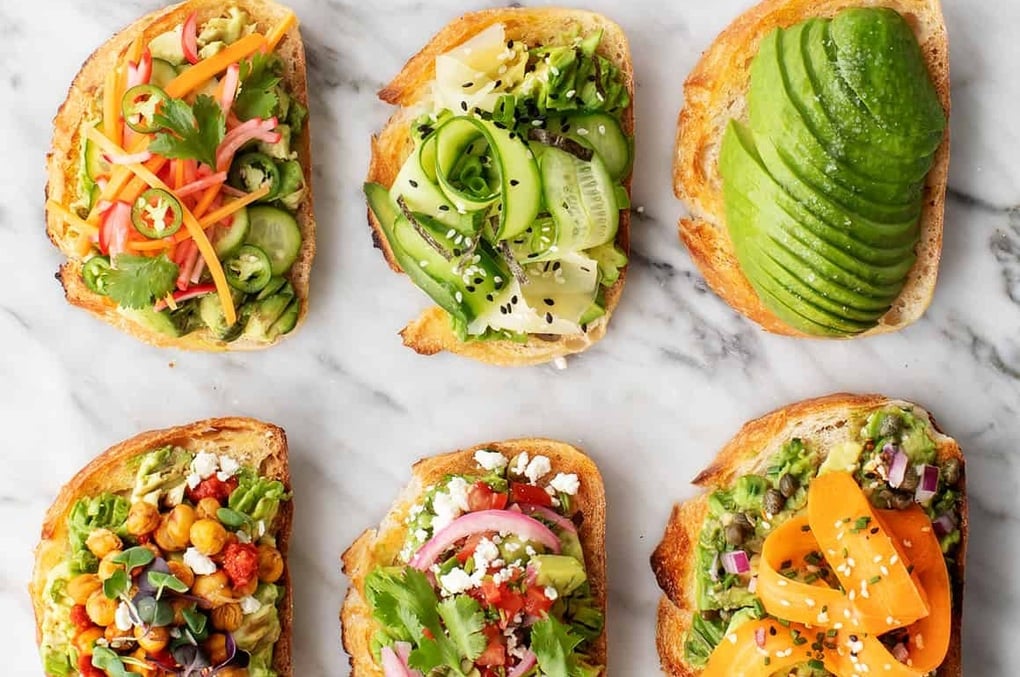




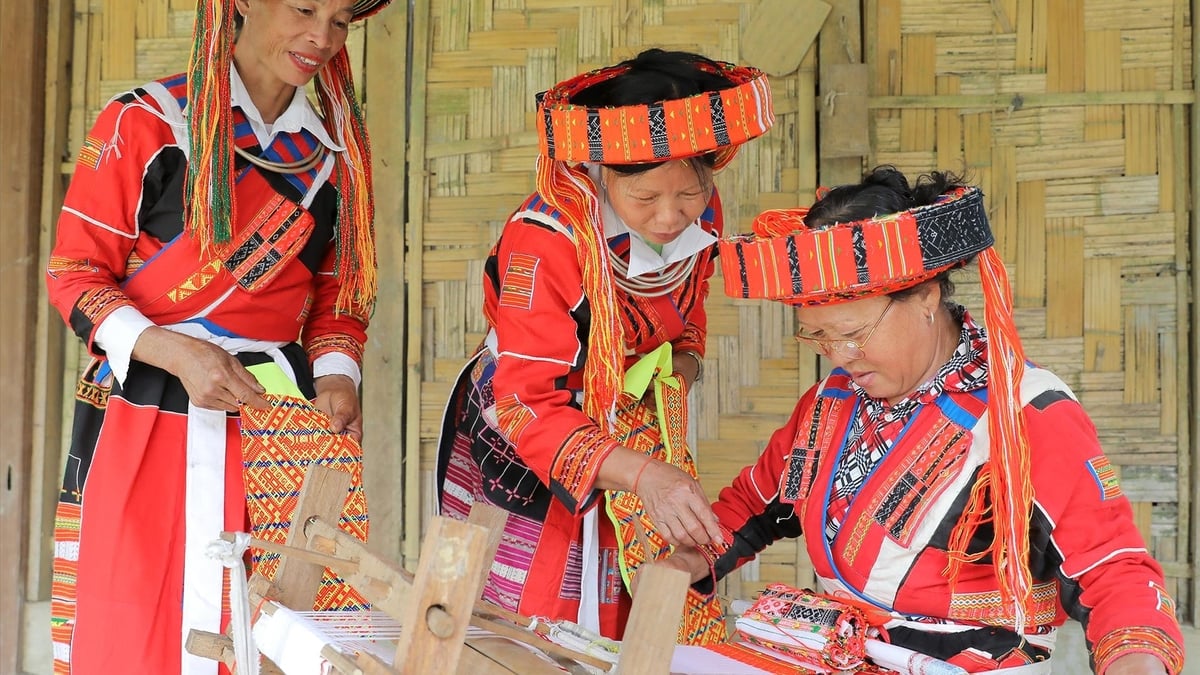









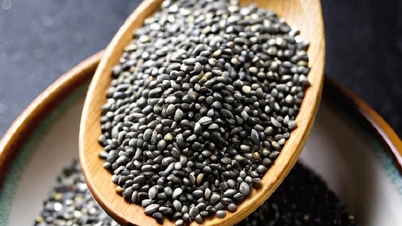



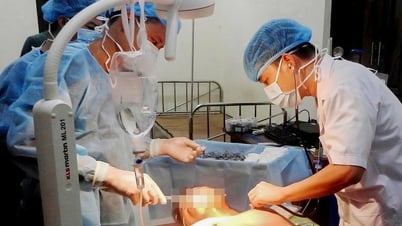

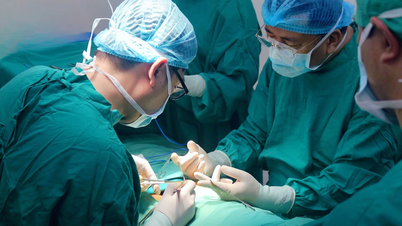
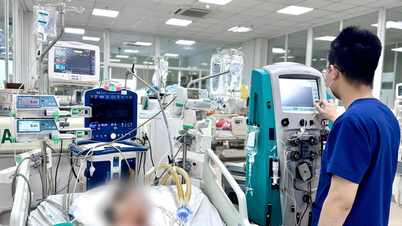







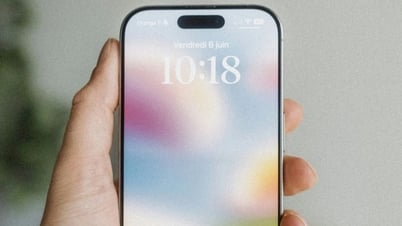




















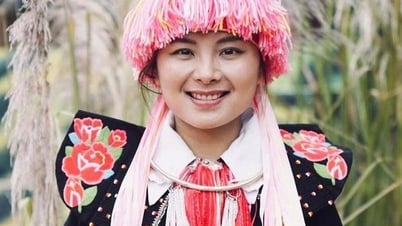


















































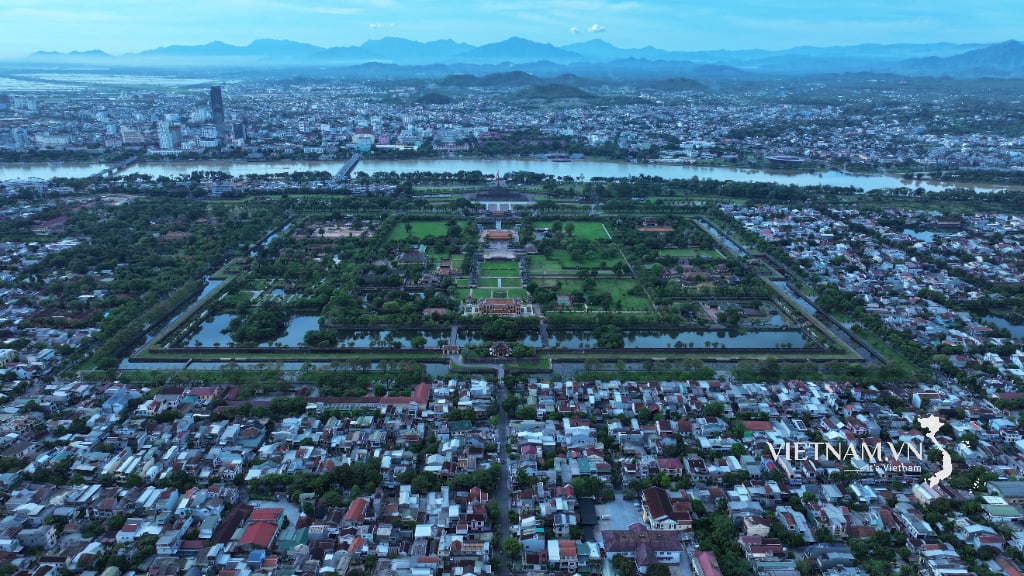

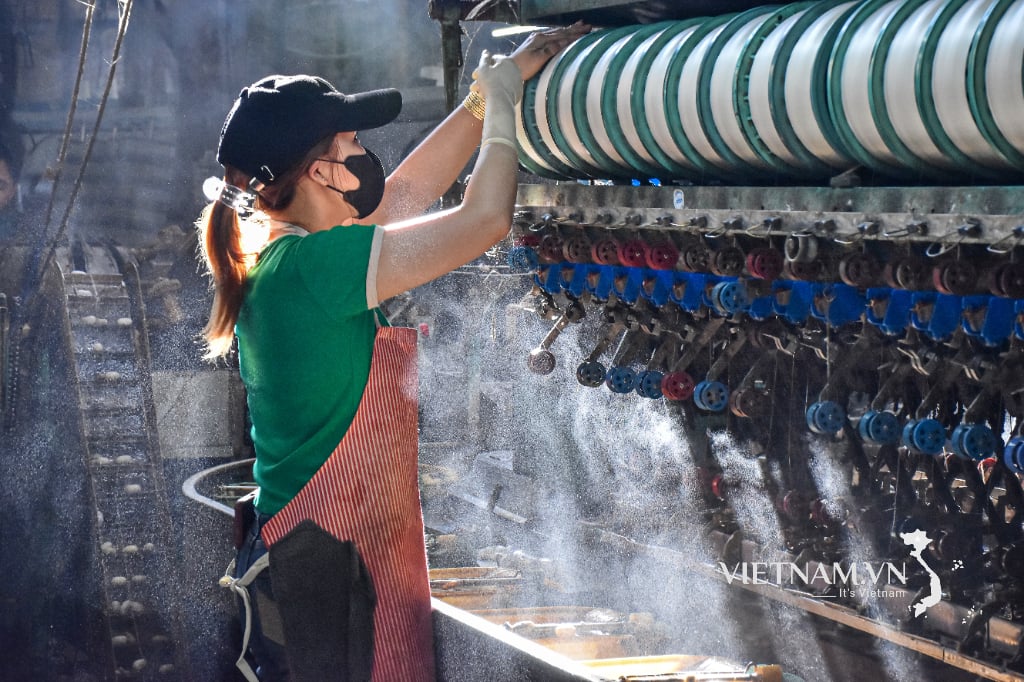
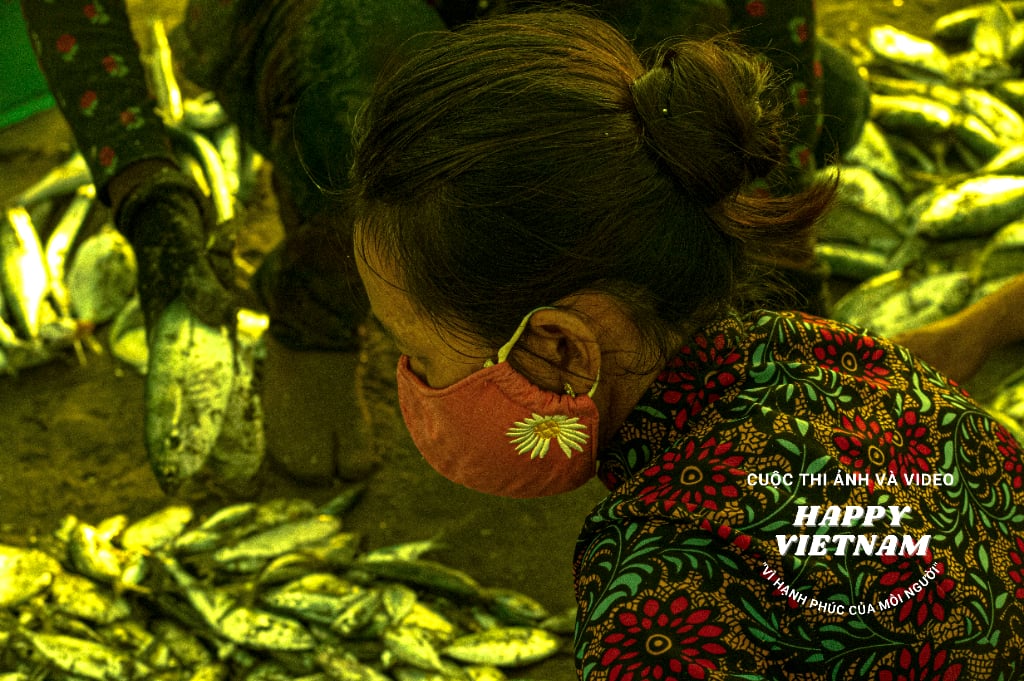
Comment (0)